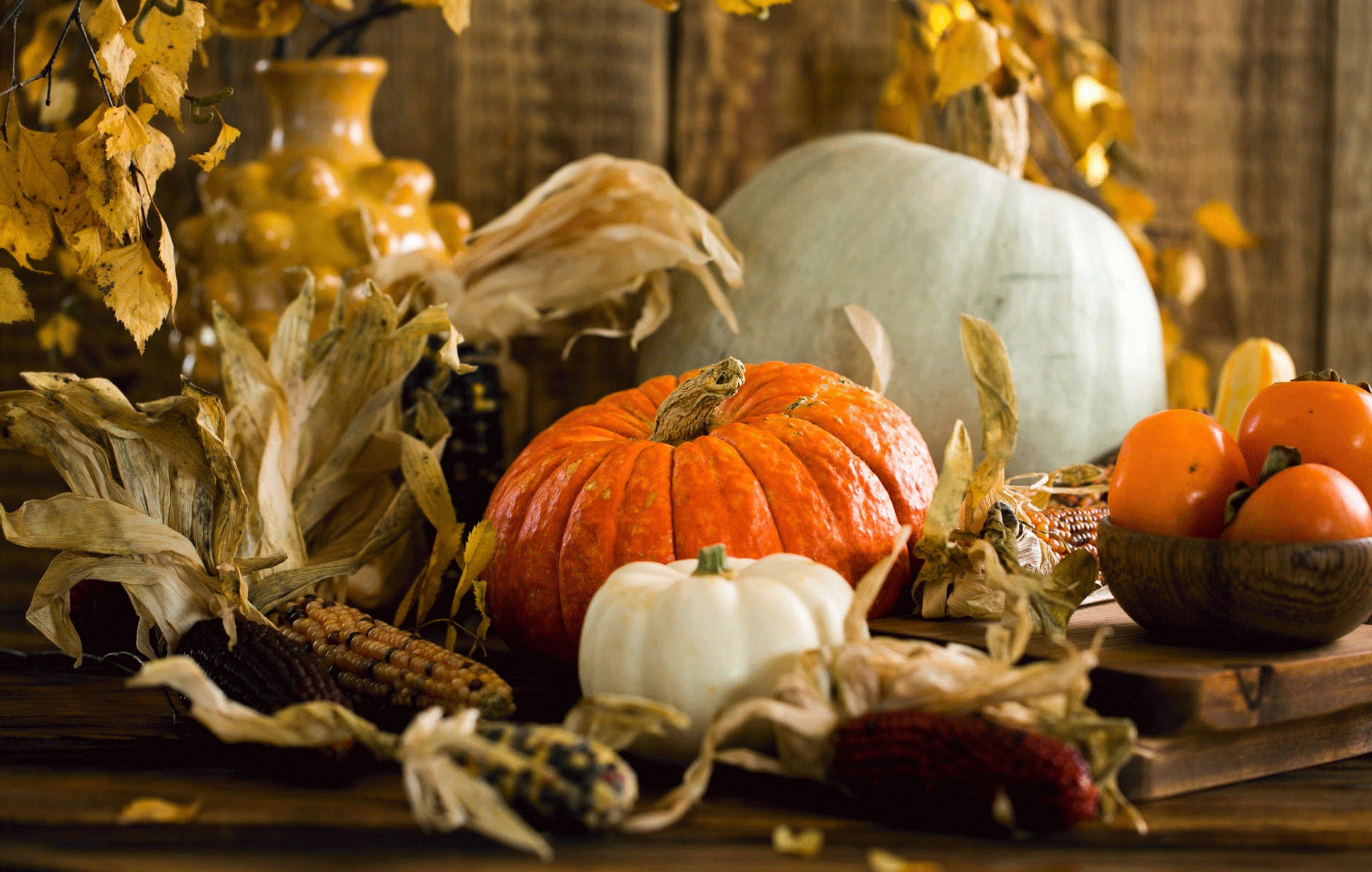November Garden Tips

GARDENING TIPS
There’s Always Something To Do In The Garden

November is the time to finish your yard and garden clean-up and start your holiday decorating. Both tasks are more pleasant when the weather is a little warmer so try to complete them before the middle of the month.
Garden Maintenance Tips:
1) Keep mowing your lawn as long as the grass is growing. Meadow voles and field mice will damage turf and nearby trees and shrubs if they have long grass for food and cover.
2) Drain your hoses and sprinklers and shut off hose faucets before low temperatures arrive.
3) Remove frozen plants from containers and hanging baskets and replace them with evergreen boughs, branches with colorful berries and interesting seed heads from perennials and ornamental grasses.
4) Spread clean straw, marsh hay or oak leaves over tender perennials, newly planted bulbs and strawberries before temperatures drop into the teens but after the soil surface has frozen.
5) Rake and compost large leaves from oak and maple trees. Smaller leaves from ash, honey locust, and birch trees may be chopped with a mulching mower when dry and left on your lawn. On the other hand, leaves piled up against a shed, garage, or home can shelter and provide cover for pests — including rodents — seeking winter quarters. Remove these leaves. Chop them and use them as mulch, or add them to the compost pile.
6) Change the oil, sharpen blades, clean air filters, replace spark plugs and add stabilizer or drain gas on all of your gas powered equipment. You will have a head start on many spring projects if all of your equipment is ready to go.
7) Clean bird feeders, install squirrel guards, and stock up on seed and suet. Birds add color and activity to your yard all winter and often stay in the spring to nest and raise their babies. If birds don’t appear even though you provide a good selection of food it may because your yard lacks shelter from cold winds and predators. Consider planting some pine, spruce or cedar trees next spring.

Don’t forget to have fun in those fall leaves!
What to Plant:
1) Stuzmans Greenhouse has amaryllis bulbs for sale and often they are already planted in a pot and all you need to do is add water. Amaryllis are long lived plants that can be grown as blooming house plants during the winter and as foliage plant outdoors during the summer with a 8 week rest period in your basement during the fall.
2) Force tulip bulbs by planting them so they are barely covered with the “noses” poking out in shallow pots. Water well, cover with plastic and move to your refrigerator or an unheated, insulated garage that stays cool but does not drop below 35 degrees F. After about 12 weeks the pots may be moved into a cool area indoors and flowers will appear in 2 -3 weeks.
3) Paperwhites are a great bulb that needs no forcing. Just plant them and enjoy the fragrant white blooms indoors.
Planting:
There’s still time to plant. To ensure roots have plenty of time to grow, you want all new additions to the landscape, including spring flowering bulbs and hardy garlic, by mid November.
If you are planting late in the season, give your plantings a leg up by applying a thick mulch (up to 4 inches) of chopped leaves, pine straw, compost, or straw. This will insulate soil enough to postpone a freeze; just be sure to pull it back in the spring.
Make sure to keep an eye out for rodents. Mice especially love to nest in mulch through winter, and voles love nothing better than a thick cover to burrow beneath.
Continue to water plants, especially any new additions during the past year, until the ground freezes. This is vital if autumn rainfall is scarce. Dormant plants should receive water every three weeks or so either from you or Mother Nature. Continue to clean up the garden until it’s too cold to be outdoors. The work you do this fall will help prevent pests and diseases from over-wintering and will shorten your spring to-do list.
“Hang bird feeders and keep them filled.”
Perennial Chores:
Fall can be a great time to cut back your perennials if you’ve got the time and energy to get it done. Make sure to leave 2-3 inches of the plant’s stem to help protect fresh shoots from animal damage as they first emerge in the spring. It’s also a helpful reminder of where plants are in the yard before they start to sprout. Consider leaving some perennials standing that add interest to the winter garden either by their structure (Achillea, ‘Autumn Joy’ sedum) or by attracting birds to seed heads (coneflowers, black-eyed Susans).
Ornamental grasses should be left standing to protect their crown from a harsh winter. Prepare new planting beds. You can easily start a new bed by layering materials over existing grass. Use a layer of cardboard or wet newspaper (three sheets thick) directly on top of grass, then layer on chopped leaves, compost, straw, shredded bark mulch, etc. making each layer 4 to 6 inches thick. In spring, you’ll discover rich composted matter ideal for planting. Dress pots for winter interest. Stuff a plastic or otherwise crack-resistant container with eye-catching branches for a winter display. Clip evergreen boughs and berried branches, sticking them into soil. Add dried hydrangea blooms, ornamental grass seed heads, or canes with rose hips. Tuck in pinecones or hedge apples (osage orange) to finish the look.
Refresh mulch on planting beds. Mulch helps moderate soil temperatures, preventing extreme swings, which can create frost heave. When soil experiences freezes and thaws, it can actually push plantings out of soil. Plants typically prone to heaving are Heuchera, iris, and shallowly-planted small bulbs. For most planting beds, 3- to 4-inch-thick mulch provides sufficient soil insulation. Apply a thinner layer (2 inches max) in areas where you expect self-sowing annuals and perennials to sprout in spring.

Water Garden:
1) If your yard hosts a water garden filled with frogs, give those croakers a place to hibernate by submerging a plastic dish pan filled with clay soil. Frogs will burrow into the soil for winter.
2) Keep your pond from freezing solid by installing a stock tank-type heater or stone bubbler.
3) Maintain the water level in your pond through winter, even if you don’t have fish. Water helps prevent the sun’s ultraviolet rays from breaking down the liner.
Hand Tools:
1) Clean and oil metal blades of shovels, spades, trowels, etc.Sharpen digging and cutting blades.
2) Lubricate pruners.
3) Rub linseed oil into wooden handles. Lightly sand handles first to make the oil absorb better.
4) Refresh any paint you apply to handles to make them easier to spot in the garden.
Resources:University of MinnesotaBetter Homes & Gardens

Want new articles before they get published?
Subscribe to our Awesome Garden Club!

Beautiful place, love Stutans Greenhouse, lived in Andover 25 years & this was my first visit out to Pkeasantvilke, , a must see in Kansas!!!!!
Thank you so much for the kind words. We hope to see you again soon!
You’ve been added!